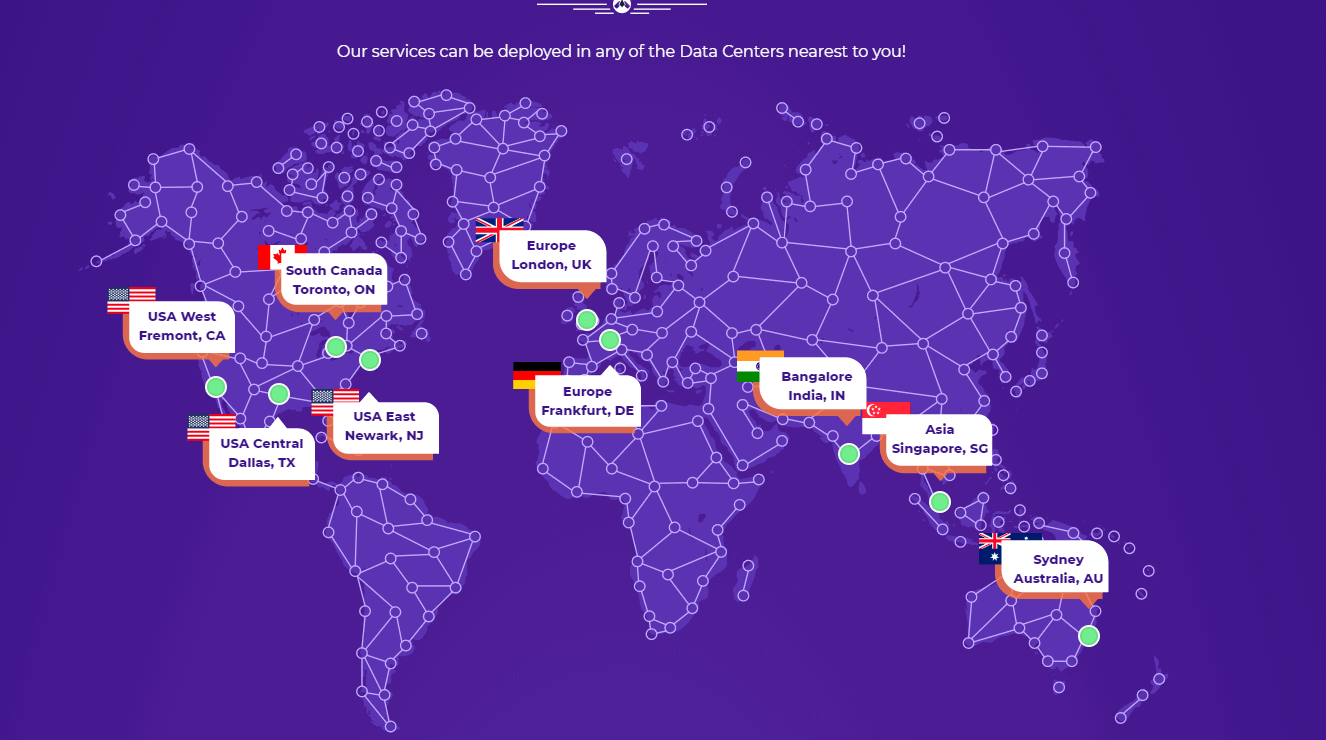In today’s digital-first world, businesses increasingly rely on cloud-based software to run operations, improve collaboration, and scale effortlessly. One of the biggest advantages of using cloud applications lies in how they handle system updates and security patches. Unlike traditional on-premise software, where system administrators must manually install updates, cloud-based solutions streamline this process to ensure minimal disruptions and maximum performance.
So, how exactly does cloud-based software manage updates and patches behind the scenes? Let’s dive into the processes and technologies that enable this seamless experience.
The Nature of Cloud-Based Software
Cloud-based software, also known as Software as a Service (SaaS), runs on remote servers managed by a service provider. Users access it via a web browser, eliminating the need for local installations. This centralized nature is what makes automatic updates and patches possible and effective.
Centralized Control for Consistent Updates
Since cloud platforms operate from centralized servers, providers can roll out updates and patches across the entire infrastructure from a single control point. This contrasts sharply with traditional setups, where each client or computer needs individual updates. With centralized control:
- All users automatically receive the latest features and fixes without lifting a finger.
- Security vulnerabilities are addressed immediately, reducing the window of exposure to potential threats.
- There is less chance of compatibility issues, since everyone is on the same software version.
Types of Updates Handled by Cloud Software
Cloud software providers generally handle three main categories of system changes:
- Feature Updates: Introduction of new tools or functionalities to improve user experience.
- Security Patches: Fixes for vulnerabilities identified by the vendor or external researchers.
- Performance Enhancements: Tweaks to make the system faster or more stable.
These updates occur regularly, often weekly or monthly, depending on the vendor’s release cycle.
Rolling vs. Scheduled Updates
Cloud software providers typically use one of two strategies to deploy updates:
- Rolling Updates: These are deployed incrementally across user groups, allowing developers to monitor performance and roll back changes if issues arise.
- Scheduled Updates: Announced ahead of time and usually performed during off-peak hours to avoid disrupting business operations.
This methodical approach ensures that updates are not only rapid but also minimally invasive and thoroughly tested.
The Role of Automation and AI
Automation plays a pivotal role in how cloud services apply updates. Modern cloud platforms use AI-driven monitoring tools to analyze system performance, detect anomalies, and prioritize patches. This helps in:
- Predicting potential vulnerabilities before they become critical.
- Automating deployment pipelines to quickly release tested patches to the live environment.
- Minimizing human error in the update process.
Reducing Downtime and User Disruption
Unlike legacy systems, cloud-based software is built for high availability. Many services deploy updates without requiring users to log out or experience any significant downtime. This is often accomplished through techniques like:
- Blue-green deployments: Running two identical environments where updates occur in one while the other remains live.
- Canary releases: Deploying updates to a small subset of users before a full rollout.
Security Patching at Scale
Security is one of the top priorities in cloud computing. Cloud vendors monitor billions of events per day to detect potential threats. Once a vulnerability is identified, a patch is developed, tested, and automatically pushed to all affected systems—often within hours. This swift response would be nearly impossible to manage at scale in a traditional IT environment.
In addition, providers frequently apply zero-downtime security patches, so users remain protected without any service interruption.
What This Means for Businesses
For businesses using cloud software, the benefits are clear:
- Less time spent on maintenance and more time on core activities.
- Instant access to the latest technology without needing IT involvement.
- Stronger security posture through prompt patch management.
Ultimately, cloud-based updates create a dynamic and secure experience, enabling organizations to move swiftly in an increasingly fast-paced digital economy.
Conclusion
Cloud-based software has transformed the way system updates and security patches are deployed. Through automation, centralized management, and intelligent design, these updates are now faster, safer, and less disruptive than ever before. For organizations seeking agility and scalability, trusting in the cloud means trusting in a system that is constantly evolving to meet the ever-changing demands of the digital age.
- Australia Data Breach News: Regional Cybersecurity Updates - January 8, 2026
- Free Payroll Software: Best Tools for Small Business - January 8, 2026
- How to Fix WiiLink Error Code 107305 (Step-by-Step) - January 8, 2026
